Sublime and disquieting: Houston sees an overdue Rothko retrospective
Houston sees an overdue Rothko retrospective
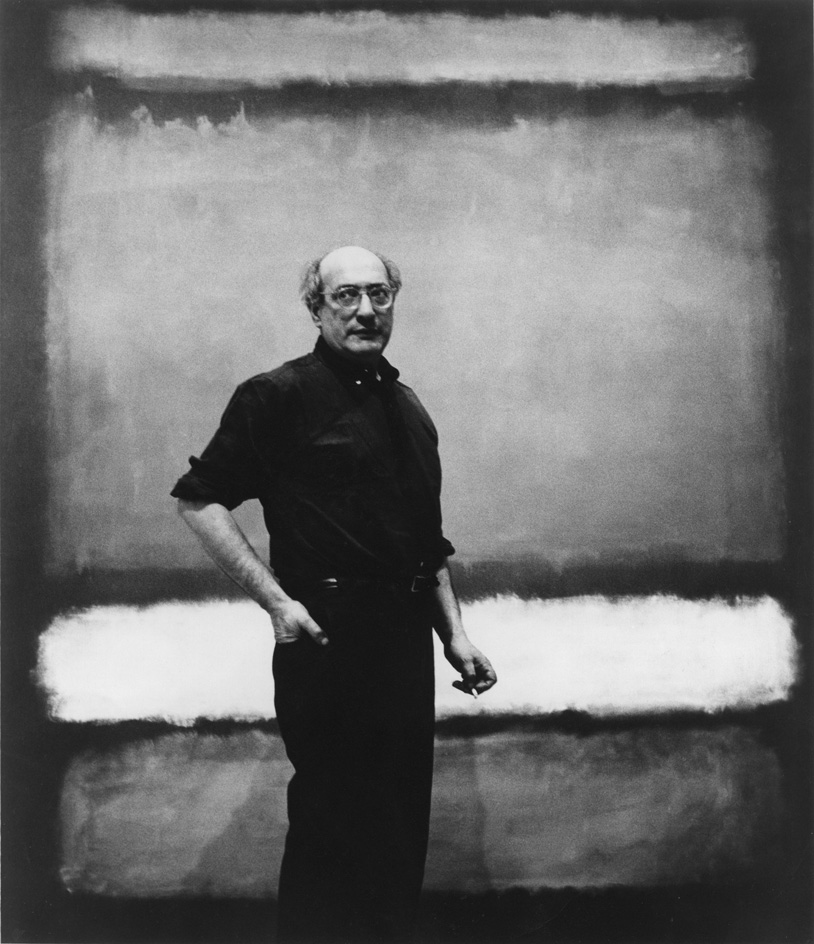
The artistry of the late Mark Rothko, considered one of the pillars of the abstract expressionist movement, has, of late, been a bit overlooked when it comes to prominent museum exhibitions in this country. But that’s about to change as the Museum of Fine Arts, Houston is mounting ‘Mark Rothko: A Retrospective’ – the first comprehensive stateside show dedicated to his oeuvre since 1998.
What makes this show so distinctive is the unrivalled offerings on view. The exhibition draws on the rich holdings of the National Gallery of Art in Washington, these pieces comprising what have long been deemed ‘Rothko’s Rothkos’ – works the artist held at the time of his tragic death. On view in Houston are more than 60 examples spanning the artist’s career, which began in the late 1920s and lasted until his death in 1970.
Both the rise of Fascism and the outbreak of the Second World Way made an enormous impact on Rothko, a Russian immigrant. While initially focusing on figurative painting, he turned away from the style as he sought to develop an entirely new visual language. Of his 1951 Untitled, saturated in radiant yellows, Alison de Lima Greene, the Museum of Fine Arts, Houston's curator of contemporary art and special projects says: ‘By this time, he cracked the code. He had found his signature style, which was not so much about the motif, but about how to layer paint to achieve an unprecedented luminosity.’
In taking in Rothko’s paintings – with a palette running from the sublime to the disquieting – one quickly realises his formidable artistry. ‘He was the last of the philosopher painters, believing that abstract painting could reveal absolute truths that are both profound and eternal. As Rothko stated in Life magazine in 1959, "A painting is not a picture of an experience... It is an experience."’
‘This is,’ she adds, ‘perhaps his greatest legacy.’
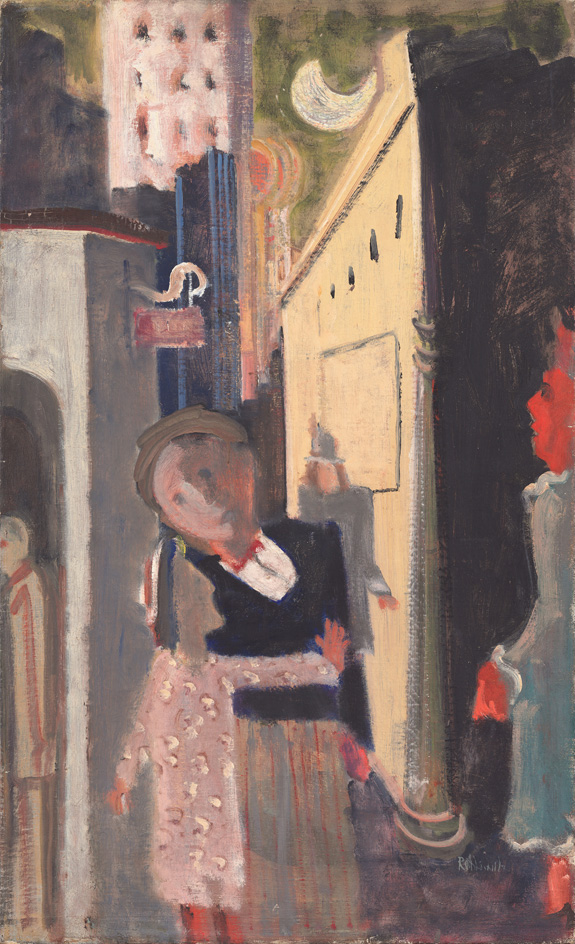
The show boasts unrivalled access to a plethora of Rothko's work, drawn from his own personal collection and from the National Gallery of Art in Washington, DC. Pictured: Street Scene, 1936/1937.
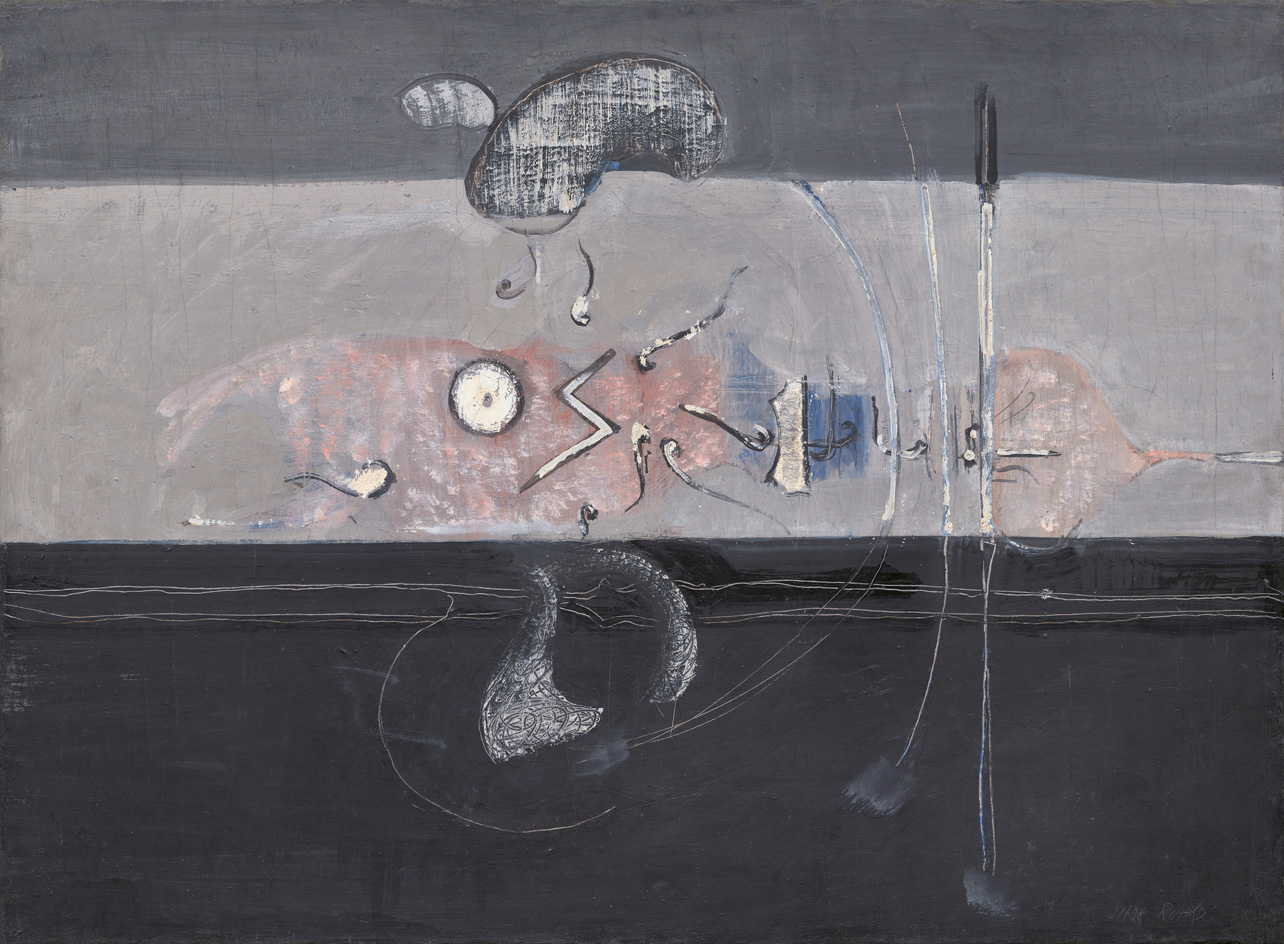
Initially, Rothko focused on figuritive painting, before turning away to develop his own abstract, signature style. Pictured: Untitled, 1945.
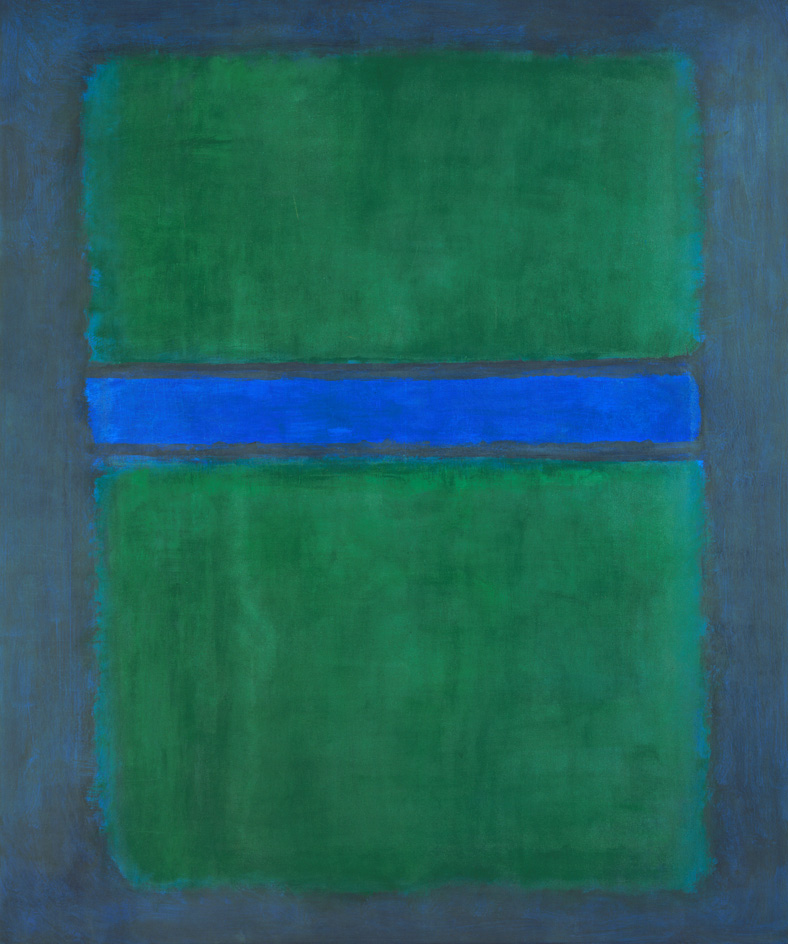
Rothko believed that art could discover absolute truth, and his style – ranging from the sublime to the disquieting – is testament to this belief. 'He was the last of the philosopher painters,' says Alison de Lima Greene, curator of contemporary art and special projects at the Museum of Fine Arts, Houston. Pictured: Untitled, 1957.
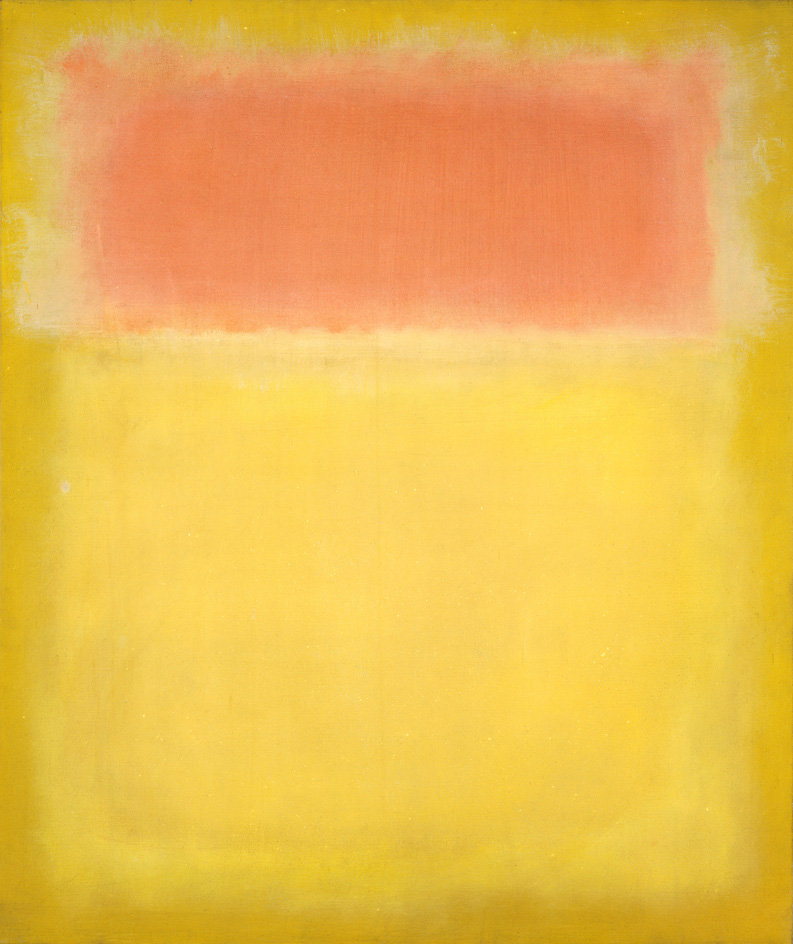
Untitled, 1951, a bold saturation of radiant yellows, was the beginning of this distinct aesthetic signature, 'which was not so much about the motif, but about how to layer paint to achieve an unprecedented luminosity’, de Lima Greene adds.
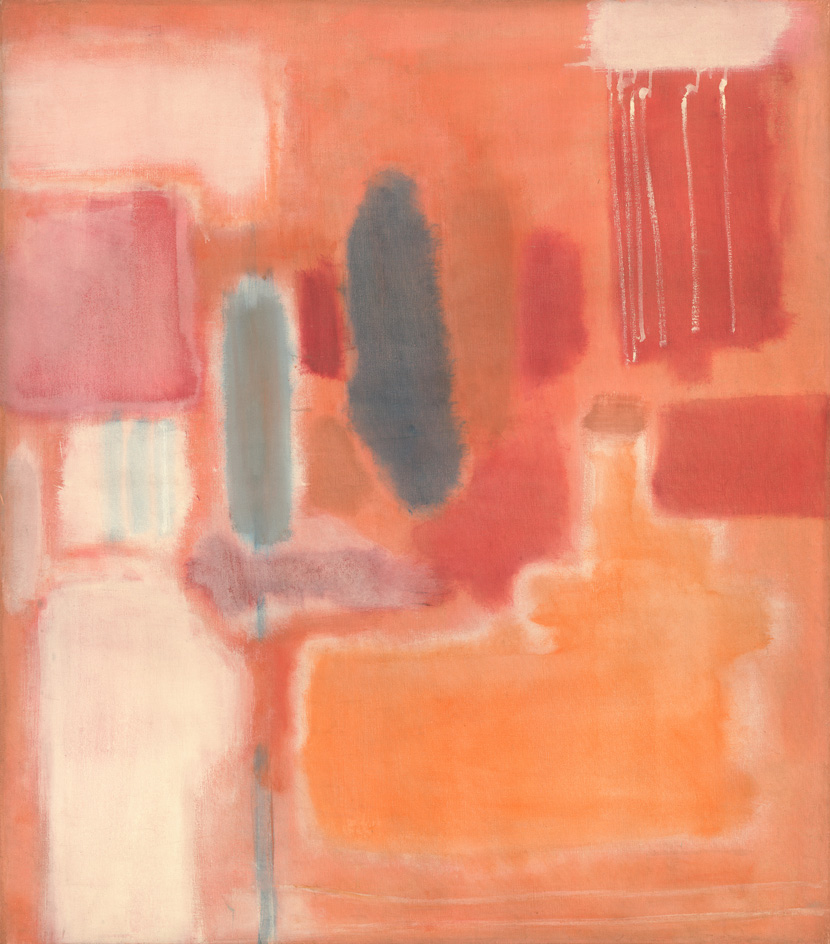
As Rothko stated in Life magazine in 1959, ‘A painting is not a picture of an experience… It is an experience.'
INFORMATION
'Mark Rothko: A Retrospective' is on view at the Museum of Fine Arts, Houston until 24 January 2016
ADDRESS
Museum of Fine Arts, Houston
1001 Bissonnet
Houston
Texas 77005
Receive our daily digest of inspiration, escapism and design stories from around the world direct to your inbox.
-
 Eclectic and colourful, Charlie Ferrer’s home reflects the interior designer’s personal and professional evolution
Eclectic and colourful, Charlie Ferrer’s home reflects the interior designer’s personal and professional evolutionThe New York interior designer invites us into his new Greenwich Village home: come on in
-
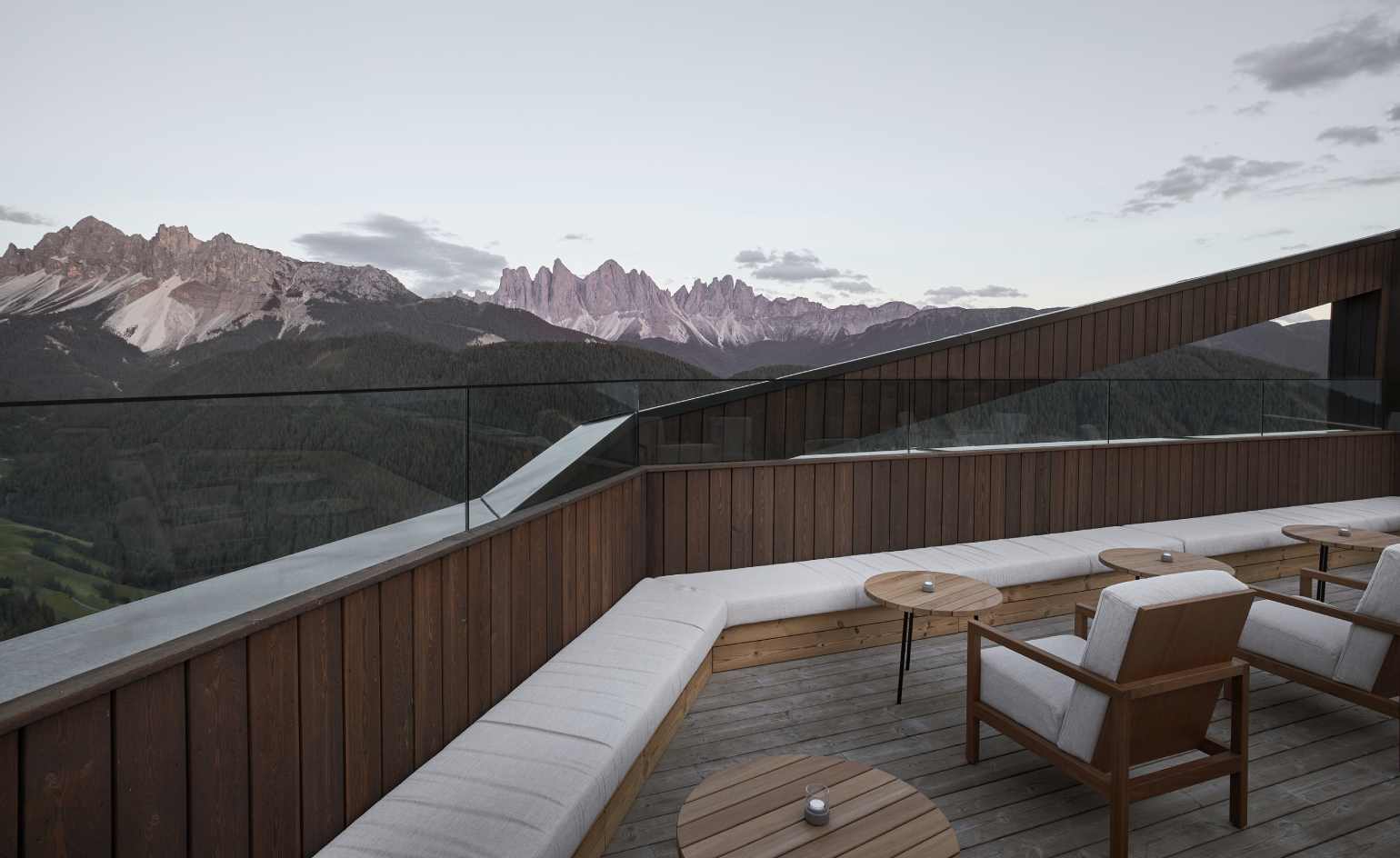 Heading to the 2026 Winter Olympic Games? Don’t miss these stops along the way
Heading to the 2026 Winter Olympic Games? Don’t miss these stops along the wayAs the anticipated winter games draw near, Wallpaper*’s Milan editor, Laura May Todd, shares where to stay, eat, drink and relax in the Dolomites
-
 Step inside this resilient, river-facing cabin for a life with ‘less stuff’
Step inside this resilient, river-facing cabin for a life with ‘less stuff’A tough little cabin designed by architects Wittman Estes, with a big view of the Pacific Northwest's Wenatchee River, is the perfect cosy retreat
-
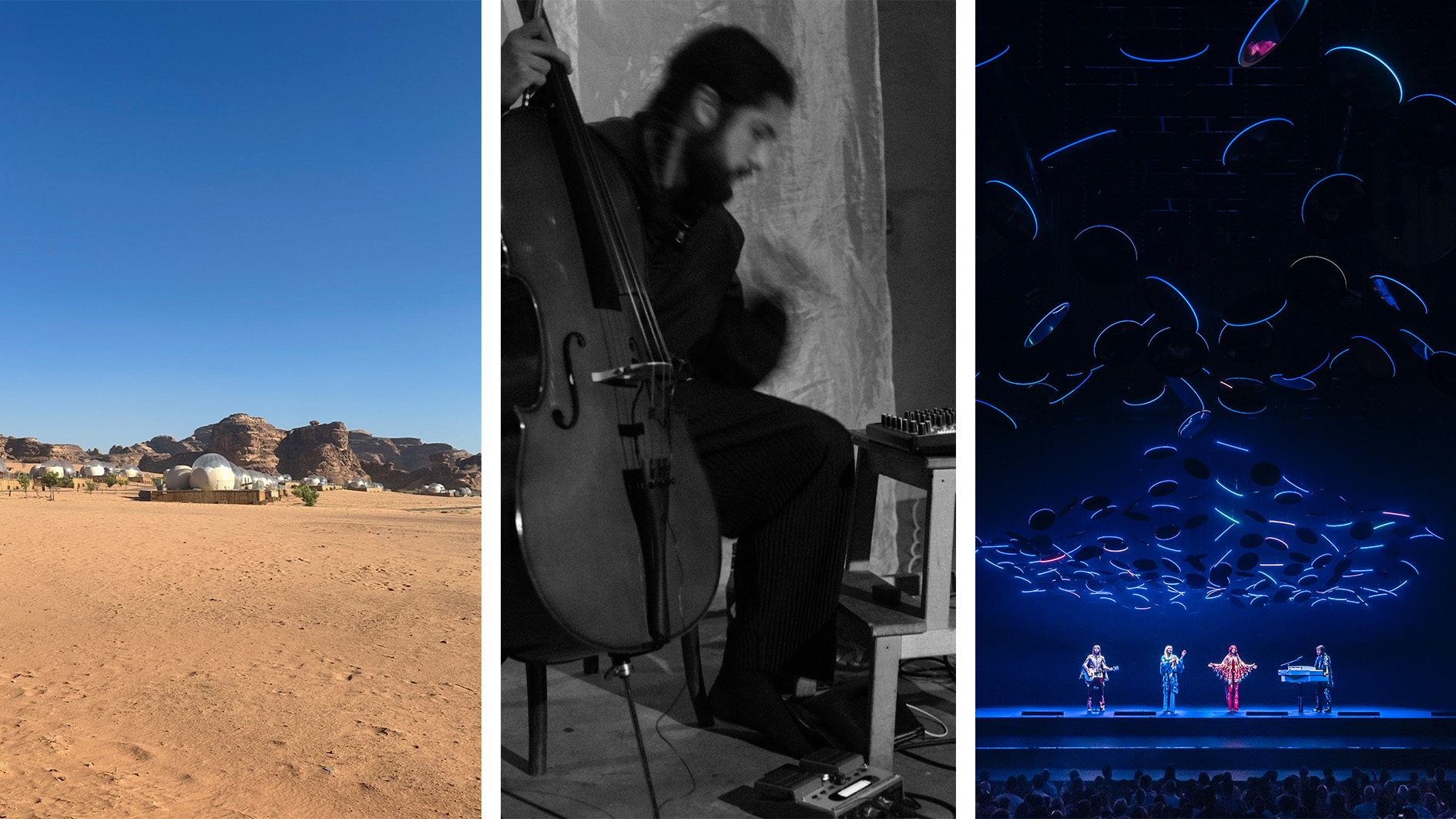 Out of office: what the Wallpaper* editors have been up to this week
Out of office: what the Wallpaper* editors have been up to this weekThis week saw the Wallpaper* team jet-setting to Jordan and New York; those of us left in London had to make do with being transported via the power of music at rooftop bars, live sets and hologram performances
-
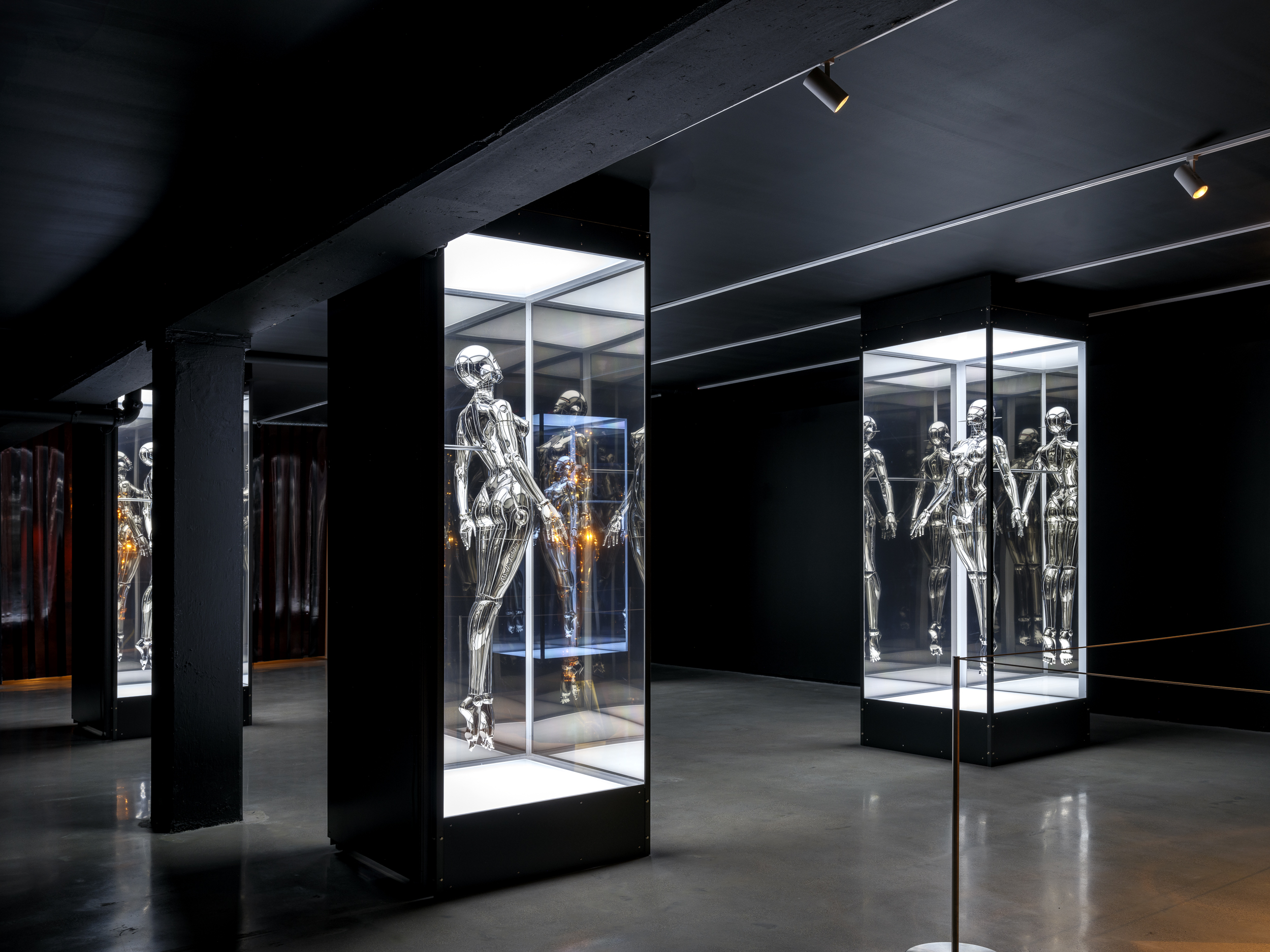 Miami’s new Museum of Sex is a beacon of open discourse
Miami’s new Museum of Sex is a beacon of open discourseThe Miami outpost of the cult New York destination opened last year, and continues its legacy of presenting and celebrating human sexuality
-
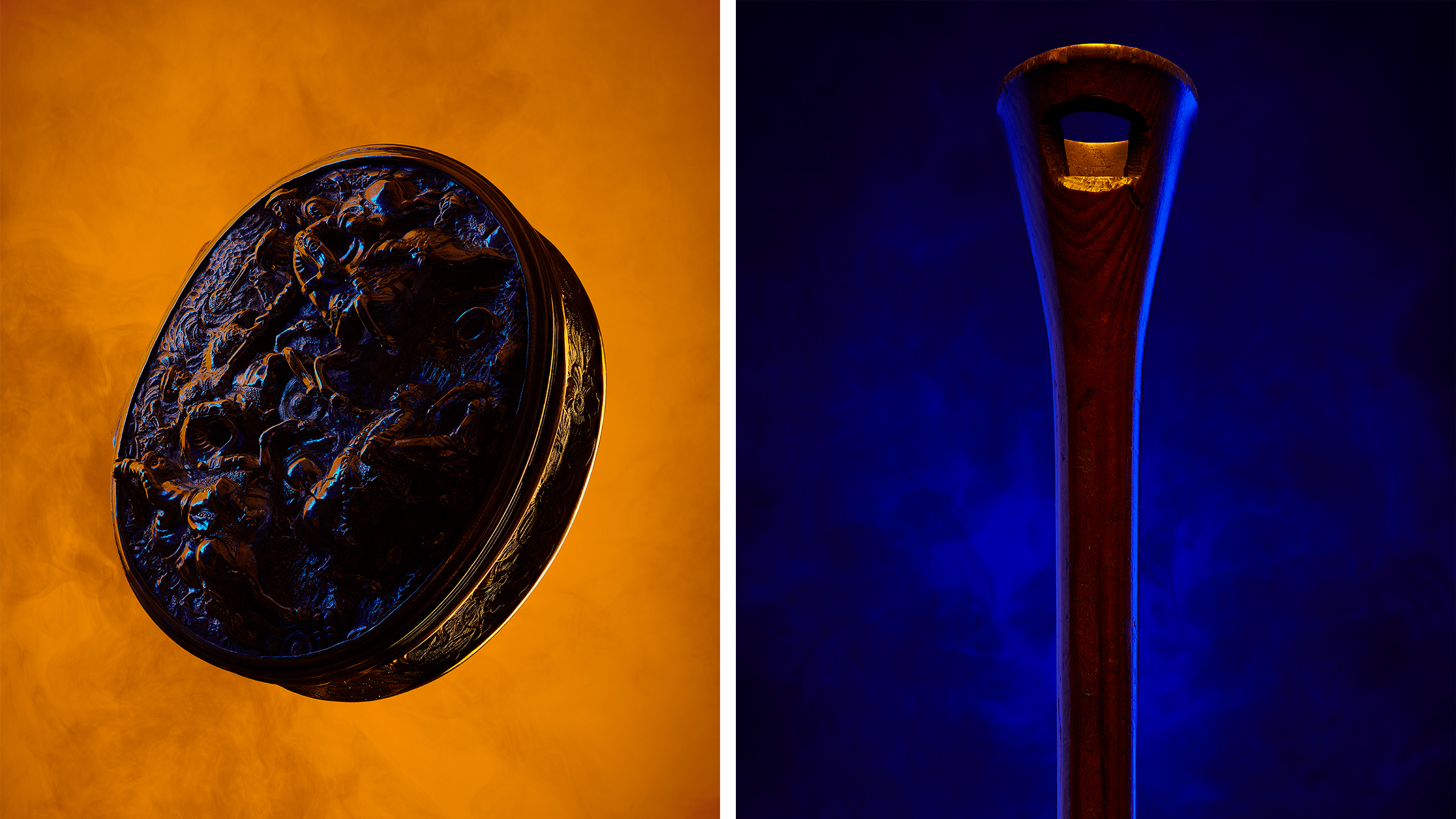 Royal College of Physicians Museum presents its archives in a glowing new light
Royal College of Physicians Museum presents its archives in a glowing new lightLondon photography exhibition ‘Unfamiliar’, at the Royal College of Physicians Museum (23 January – 28 July 2023), presents clinical tools as you’ve never seen them before
-
 Museum of Sex to open Miami outpost in spring 2023
Museum of Sex to open Miami outpost in spring 2023The Museum of Sex will expand with a new Miami outpost in spring 2023, housed in a former warehouse reimagined by Snøhetta and inaugurated with an exhibition by Hajime Sorayama
-
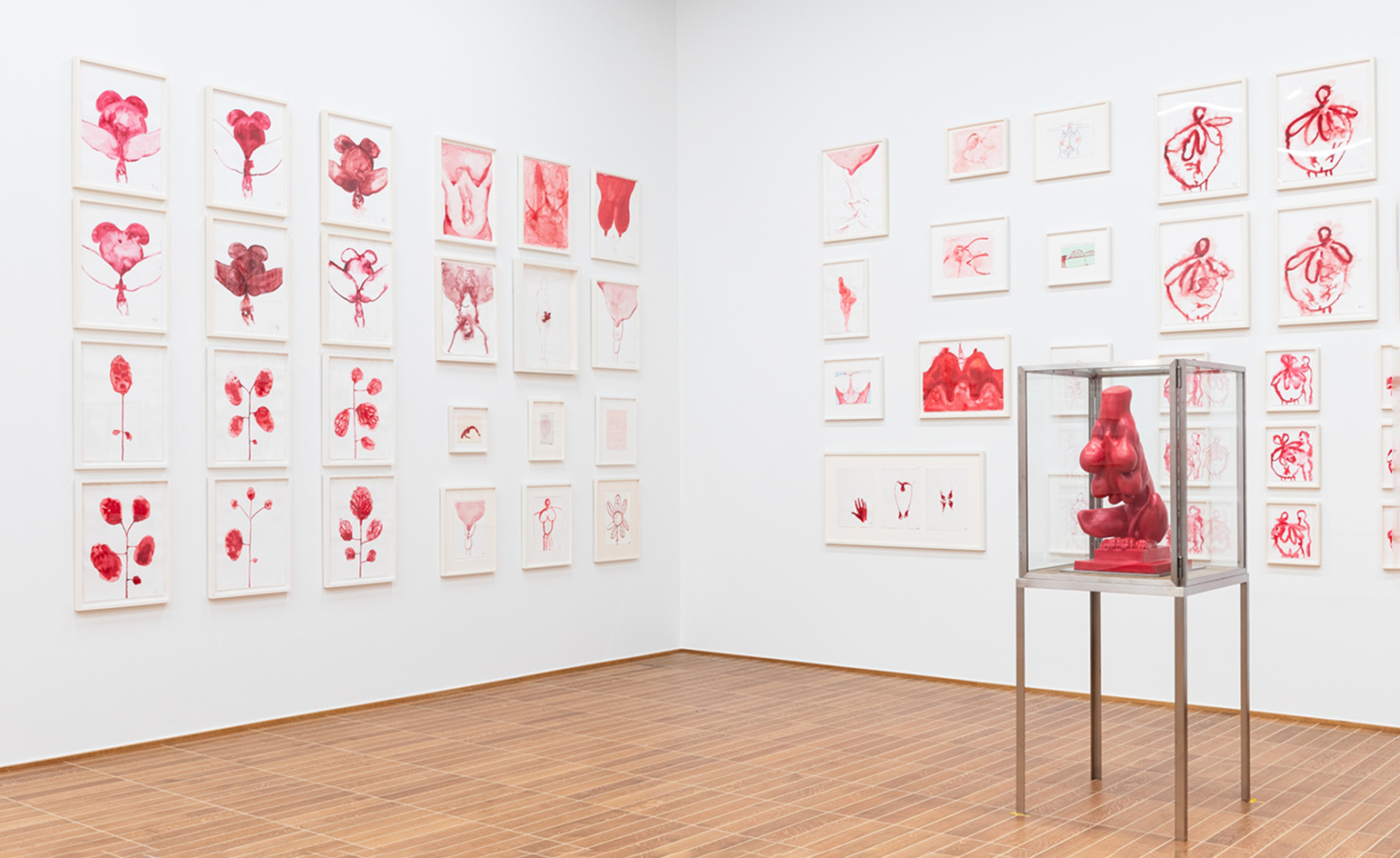 Jenny Holzer curates Louise Bourgeois: ‘She was infinite’
Jenny Holzer curates Louise Bourgeois: ‘She was infinite’The inimitable work of Louise Bourgeois is seen through the eyes of Jenny Holzer in this potent meeting of minds at Kunstmuseum Basel
-
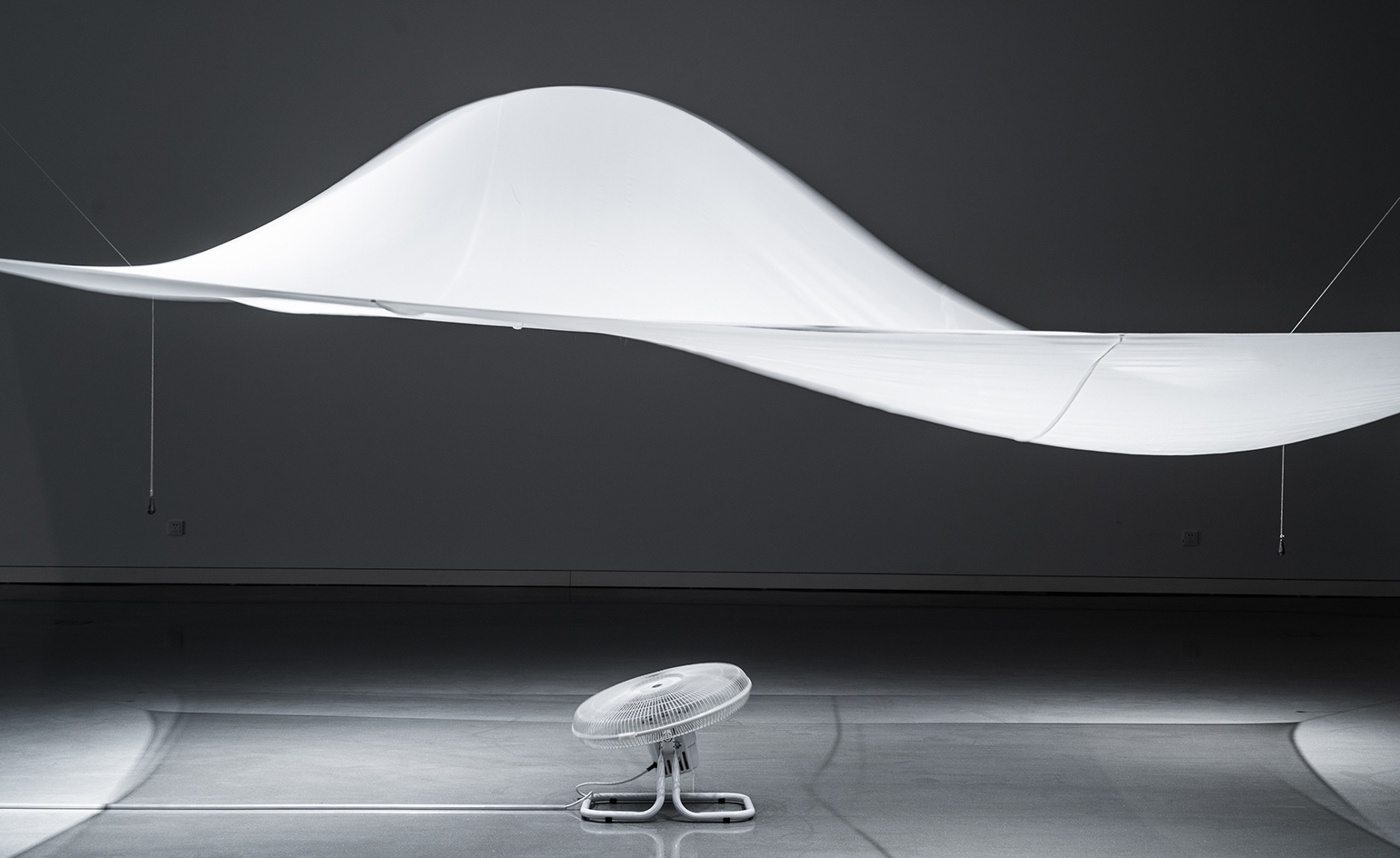 ‘A Show About Nothing’: group exhibition in Hangzhou celebrates emptiness
‘A Show About Nothing’: group exhibition in Hangzhou celebrates emptinessThe inaugural exhibition at new Hangzhou cultural centre By Art Matters explores ‘nothingness’ through 30 local and international artists, including Maurizio Cattelan, Ghislaine Leung, Hiroshi Sugimoto, Liu Guoqiang and Yoko Ono
-
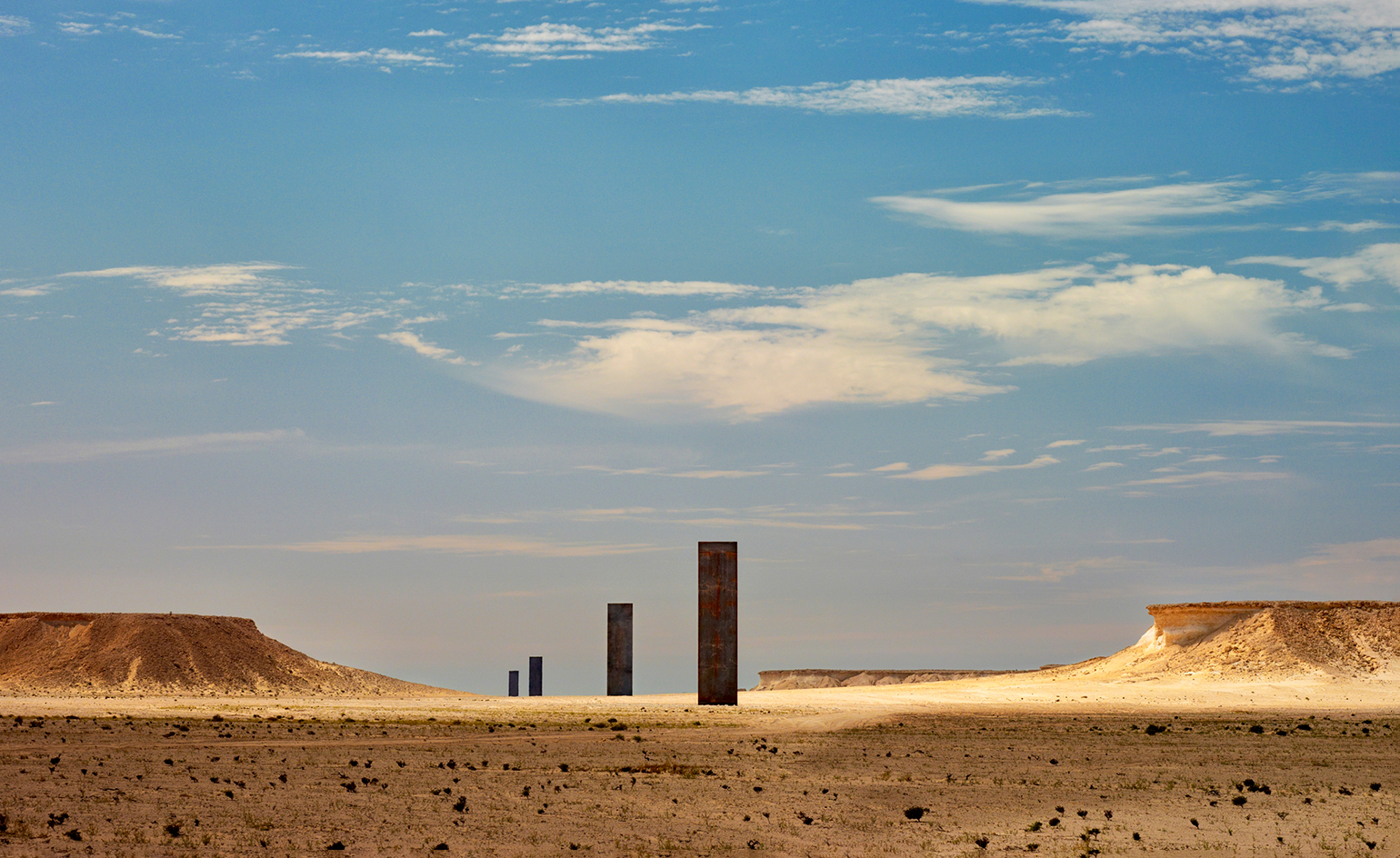 Three days in Doha: art, sport, desert, heat
Three days in Doha: art, sport, desert, heatIn our three-day Doha diary, we record the fruits of Qatar’s cultural transformation, which involved Jeff Koons, a glass palace of books, and a desert sunset on Richard Serra
-
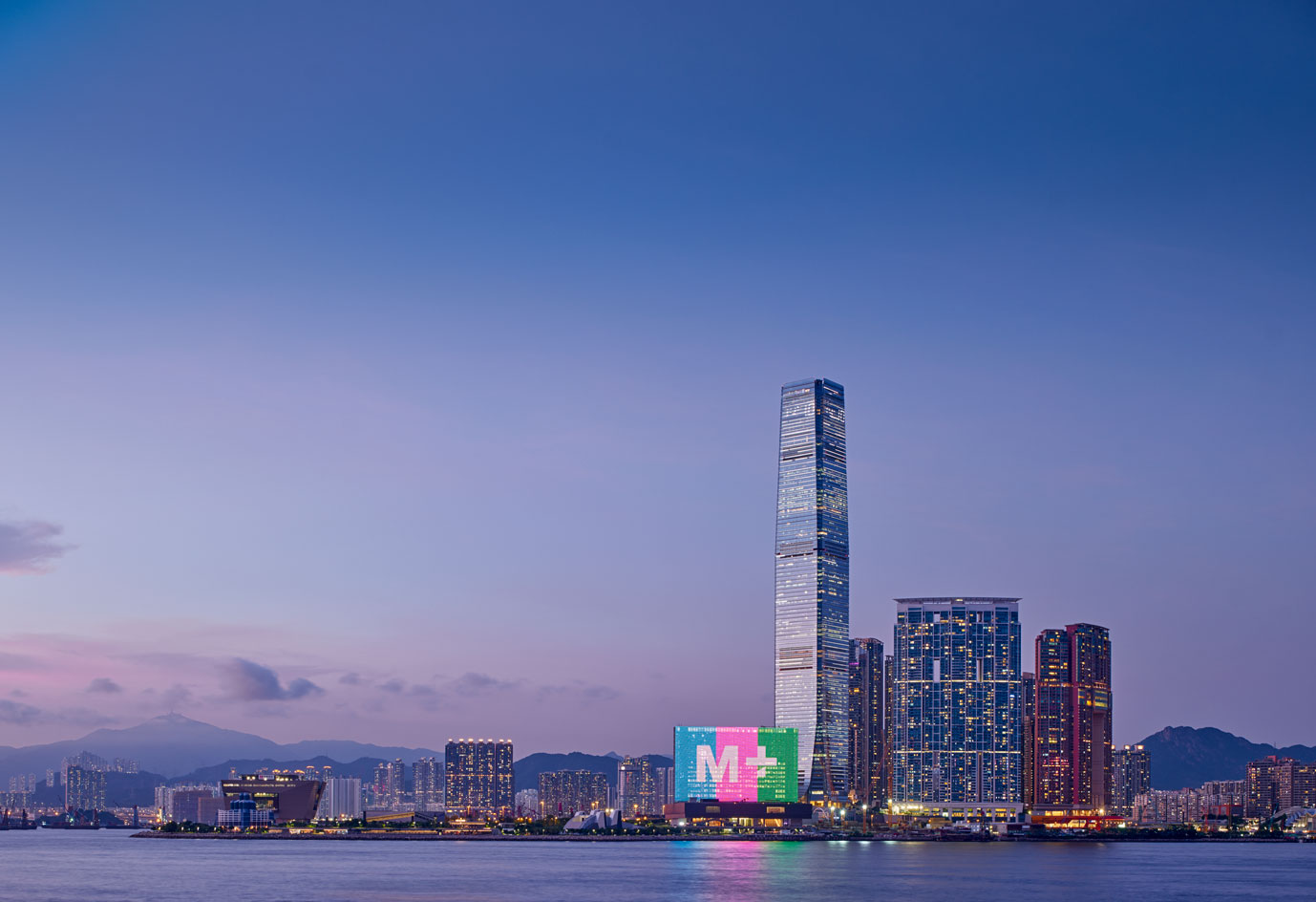 Hong Kong’s M+ Museum to open with six thematic shows
Hong Kong’s M+ Museum to open with six thematic showsAsia’s first global museum of contemporary visual culture will open on 12 November in Hong Kong’s West Kowloon Cultural District, with six themed shows spanning art, design and architecture